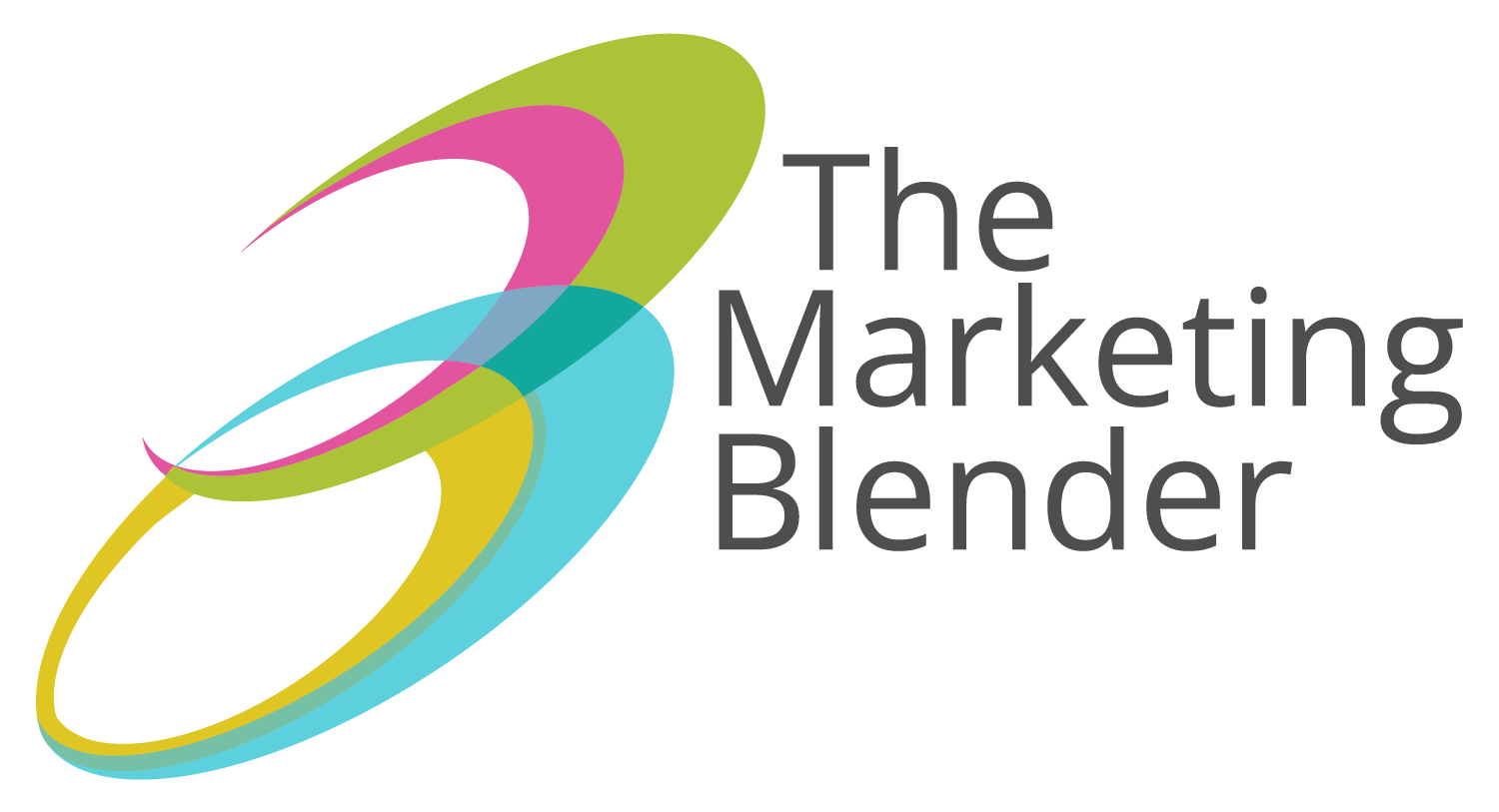Which LinkedIn ad formats are best for your business?
Advertising on LinkedIn is a key component of B2B digital marketing and an integral part of the best B2B marketing strategy for sales growth. 4 out of 5 LinkedIn members are influencers or decision-makers in business decisions. So, what’s the right type of LinkedIn ads to reach them effectively?
Before you can properly evaluate which Linkedin ad format is best for you, you must align on three things: goals, audience and budget.

What is your goal?
Do you need to build brand awareness or generate more leads? Maybe you want to position yourself as a thought leader in your industry and strengthen your reputation. Being clear on the outcome you seek is the first thing you need to consider to choose the right type of Linkedin ad.
Who is your audience?
To run an ad on Linkedin, you must define the audience that you are targeting. As with any advertising, the better you understand your buyer personas, the more effective your targeting will be. On Linkedin, you can target by industry, title, company, location, degree of study, skill level and more.
How much budget do you need?
There is no set cost for running an ad or campaign on LinkedIn. Instead, ads are sold by auction, where you bid against other companies trying to advertise to that same audience. You set how much you are willing to spend and the platform distributes your ads accordingly.
There are three pricing models offered for Linkedin ads:
With Cost-Per-1,000-Impressions (CPM), you pay based on how many people see your ad. CPM is the best choice when your goal is to drive awareness.
With Cost-Per-Click (CPC), you only pay each time someone clicks on your ad. Choose CPSC when your goal is to generate leads or drive traffic.
With Cost-Per-Send (CPS), you only pay for Sponsored InMail messages that are successfully delivered. (More on Sponsored InMail below.) CPS is a good choice for driving registrations and downloads.
Types of Linkedin ad formats that drive B2B results:
- Text Ads
- Sponsored Content
- Sponsored InMail
1. Text ads
Texts ads on Linkedin are similar to the text ads you see among search engine results. You can run different versions of your ads to test which perform best.

Goals for Linkedin Text Ads
The simplicity of text ads make them ideal for getting a campaign up and running quickly.
- Generate leads
- Target well-defined B2B buyer personas
- Drive traffic to landing pages
Specs for LinkedIn Text Ads
- Headline: 25 or less characters
- Description: 75 or less characters
- Image: 50×50 (optional)
- Sponsored Content
Sponsored Content on Linkedin is a type of promoted post. These ads run directly in the news feed with the rest of the content that Linkedin members are posting and sharing. They are often described as amplified versions of the organic posts you make to your company page.

Goals for Linkedin Sponsored Content
Since sponsored content is placed directly in the viewer’s news feed, they generate more engagement.
- Raise awareness with visually appealing graphics
- Generate leads with pre-populated lead gen forms
- Drive qualified leads to landing pages
Specs for LinkedIn Sponsored Content
- Title: 70 or less characters
- Intro Copy: 150 or less characters
- Display Image: At least 200px is required and 1200×627 is recommended
3. Sponsored InMail
Sponsored InMail delivers personalized messages to your audience’s LinkedIn message center (similar to your email inbox). They contain a banner image, customized greeting, text that can contain a link and a call-to-action button. You can run different versions of each ad to test effectiveness.

Goals for Linkedin Sponsored InMail
Since this ad format appears in the message center like a regular message, it receives high open rates.
- Increase lead generation
- Drive traffic to landing pages
- Promote trade shows and webinars
Specs for LinkedIn Sponsored InMail
- Sender Name: suggested 25 character maximum
- Subject Line: suggested 30 character maximum
- Body Copy: suggested 1000 character maximum
- CTA Button Copy: suggested 25 character maximum
- Banner image: 300×250
Experiment with each of these types of Linkedin ads to see which generates the best results, then test variations of individual ads to optimize your performance.
- What to post and how to post it on Linkedin
- The benefits of publishing your own articles on Linkedin
- How to publish an article on Linkedin
- How to engage and respond to your audience
- How to track metrics on Linkedin
The Marketing Blender is a full-service B2B marketing agency focused on accelerating growth for clients in manufacturing, healthcare, software and professional services.
You can share this article using the social icons below and sign up for the Blender newsletter for more insights here.



